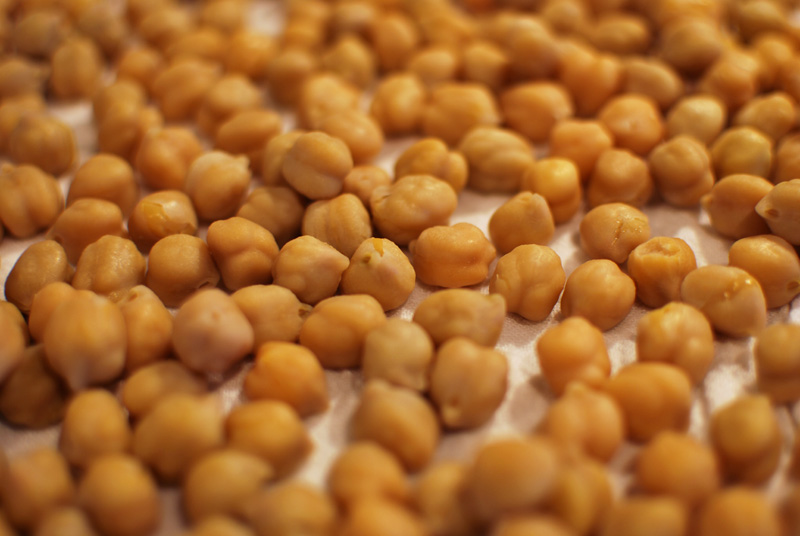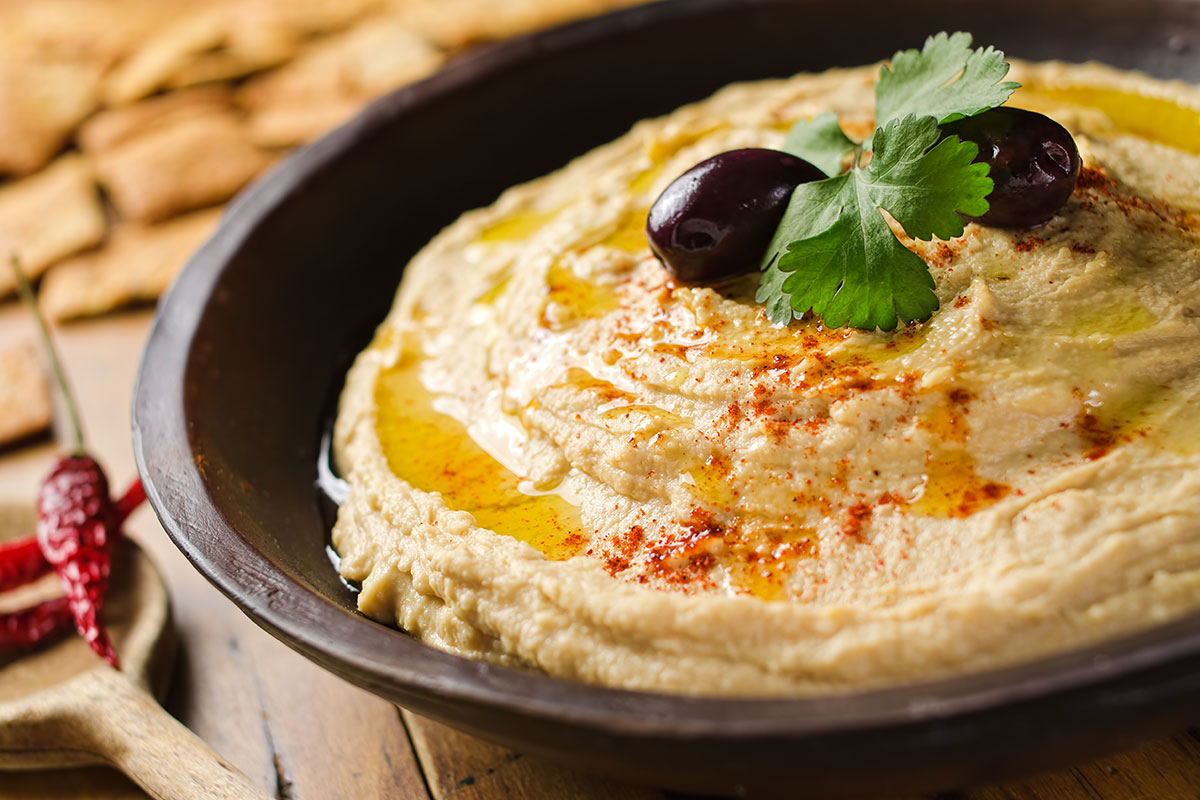As grapplers, we need to keep our diet clean and our weight down to be at the best shape possible. I personally am very careful with carbohydrate consumption, when I’m trying to make weight for a competition. I tend to eat less of white bread, white rice, and pasta and increase consumptiom of fruits and vegetables. For protein source I stick to lean meats, eggs, beans and my personal favorite: Hummus.
The Western diet places a heavy emphasis on meat sources of protein, but dietary guidelines recommend you vary your sources of protein to include more non-animal sources. Hummus makes a healthy alternative to animal protein. It is a Middle Eastern dish consisting of chickpeas, tahini — a sesame seed paste — olive oil, garlic and lemon juice blended to form a paste. In addition to being high in protein, hummus is a good source of fiber, heart-healthy fats and essential vitamins and minerals.
Sounds Great! Now where can you find Hummus? Mostly in middle Eastern restaurants or stores. I personally consume up to 1,5 kilos of hummus per week. I usually put some in a bowl, add some extra virgin olive oil and eat with a spoon or a bit of pita bread and with some olives. It makes for a very nice post workout meal as well.
Source: Livestrong.com
Why Hummus?

Chickpeas- the main ingredient of hummus
1.Good Source of Protein
You might consider the chickpea a vegetable, but because of its high protein content, the U.S. Department of Agriculture also considers it a meat alternative. Most of the protein in hummus comes from the chickpeas. A 1/4 cup serving of hummus contains 6 g of protein, meeting more than 10 percent of your daily value for protein. Replacing your traditional high-saturated fat sources of protein, such as beef and pork, with foods like hummus can reduce your risk of heart disease and diabetes, according to the Linus Pauling Institute.
2.Filling and Low-Calorie
Thank the fiber in chickpeas for making hummus a snack that fills you up and stays with you. Fiber helps you feel full and stay full, so that you won’t be reaching for another snack shortly after you finish eating. Hummus is also very low in calories and fat. A 2 tbsp.-serving has only about 50 calories and 3 g of fat — so snack away.
3.Good Source of Fiber
Most of us do not get enough fiber in their diet, according to the American Dietetic Association. Including more fiber in your diet can lower your risk of heart disease and diabetes and make it easier for you to maintain a healthy weight. A 1/4 cup serving of hummus contains 3.7 g of fiber, meeting 15 percent of your daily value.
Healthy Balance of Fat
About 44 percent of the calories in hummus comes from fat. Although fat has a reputation, it is an essential nutrient providing your body with energy and helping you absorb important fat-soluble vitamins. However, certain types of fats make better choices than others. Most of your fat should come from heart-healthy monounsaturated and polyunsaturated fats. While hummus is a higher-fat food choice, more than 90 percent of the fat comes from monounsaturated and polyunsaturated fats. The American Heart Association says choosing more of these heart-healthy fats over saturated fats will reduce your risk of heart disease.
4.Rich in Vitamins and Minerals
Hummus also is a rich source of essential vitamins and minerals. A 1/4 cup serving provides 23 mg of calcium, 1.5 mg of iron, 44 mg of magnesium, 108 mg of phosphorus, 1.13 mg of zinc and 51 micrograms of folate. Calcium and phosphorus support bone health, iron is necessary for oxygen transport in your body, zinc promotes immune health, magnesium aids in the regulation of blood pressure, and folate is needed for the production or red blood cells.
Read more: http://www.livestrong.com/article/446490-what-are-the-health-benefits-of-hummus/

















